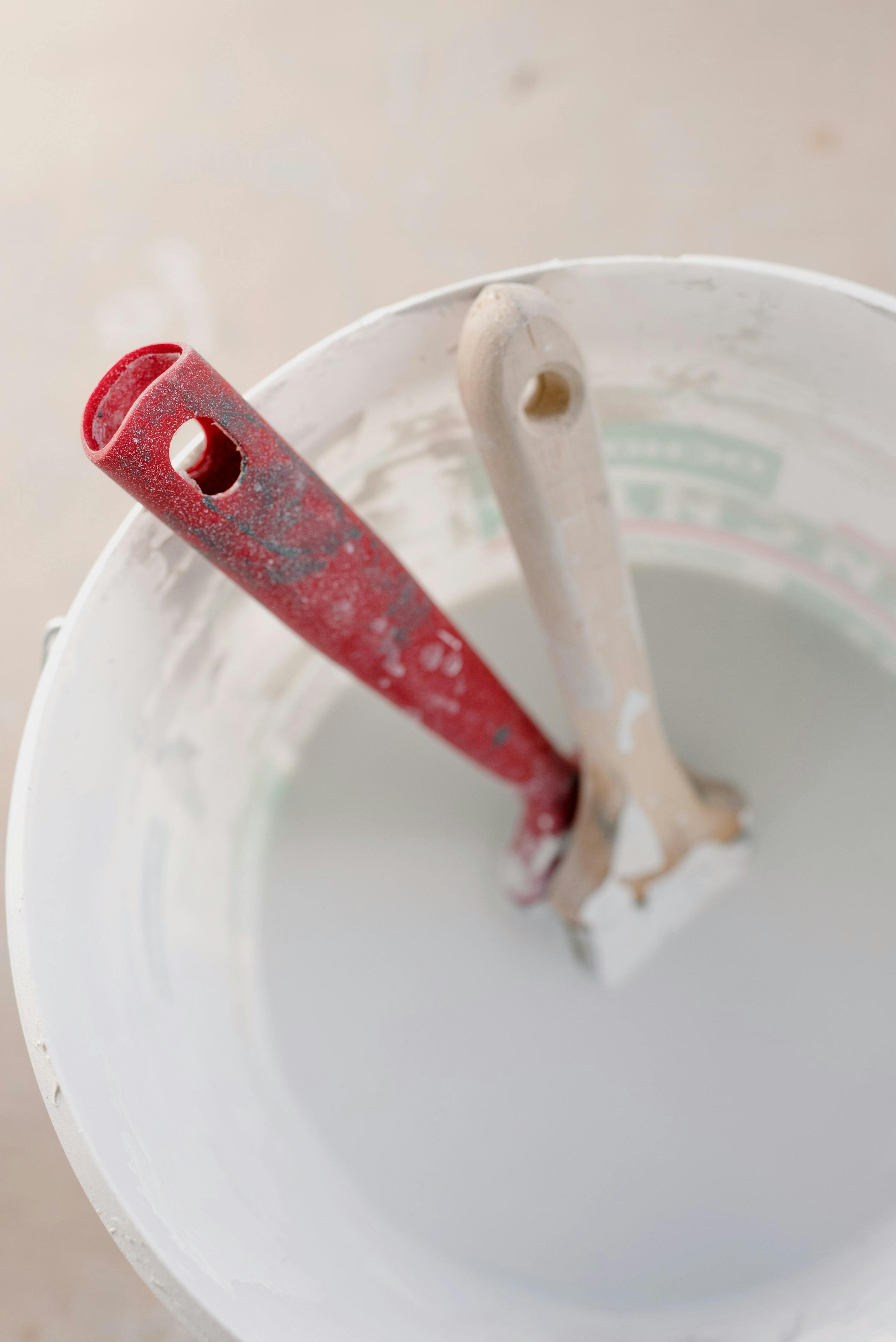
Introduction to Priming Paint: The Unsung Hero of Home Painting Projects
The home painting process goes beyond just applying a fresh coat of paint to your walls. One key procedure often overlooked by novice painters is priming. Priming paint, a crucial preparatory product, is the academy award-winning supporting actor in the drama of house painting. Without it, your meticulously chosen paint shades can look dull, blotchy, or uneven. This article provides an in-depth understanding of priming paint, its importance, and its role in the transformative journey of your home renovations.
What is Priming Paint: Defining the Essentials
Priming paint is a preparatory coating applied to surfaces before the application of paint. Picture it as an undergarment that adds an extra layer of smoothness, improving the overall appearance of the final coat. It contains elements aimed to enhance adhesion of paint, thereby allowing the paint to bond better with the surface and increasing its durability.
Not all surfaces need a primer as they can hold the paint well without any groundwork. However, surfaces like bare wood, metals, or areas with stains and odour need the assistance of a priming coat. It helps in hiding stains, preventing odour permeation, and providing a protective layer that restricts the penetration of the later layers of paint into the substrate.
The Importance of Priming in Home Painting Projects: A Deeper Dive
Priming paint plays a significant role in ensuring the longevity and aesthetic appeal of a paint job. It is the powerful defender that battles against problems like flaking, peeling, and early wear and tear of paint.
1. Primer prepares surfaces for the following coats of paint, ensuring they adhere correctly and smoothly. It lessens the chance of peeling and cracking, extending the life of the paintwork.
2. Priming improves the surface's porosity, leading to a consistent and even sheen in your topcoat colour.
3. It also blocks stains and odours from being visible or noticeable through the final coat of paint.
4. Priming neutralizes the colour of the surface, offering a uniform base for the new paint. This step is especially beneficial when transitioning from a dark to a light colour.
5. Furthermore, it provides an added layer of protection for the surface against moisture, helping to prevent water damage.
The Different Types of Primers: A Quick Guide
Understanding the types of primers available is crucial in selecting the best product for your specific needs. Here are some of the most commonly used primers:
1. Oil-based Primers: An excellent choice for wood surfaces. These primers are suitable for both interior and exterior use, providing a smooth surface and preventing paint from soaking into the wood.
2. Latex Primers: These are ideal for softwood, brick and concrete surfaces. They're flexible and fast-drying, making them perfect for most home improvement projects.
3. Shellac Primers: Known for their exceptional stain-blocking capabilities, shellac primers are employed to conceal water and smoke damage best, particularly on severe stains and odours that oil and latex primers can't forge ahead.
4. Bonding Primers: These are perfect to use on challenging surfaces like glossy finishes or tiles, where normal primers might struggle to stick.
Conclusion: The Art of Proper Priming
Priming is arguably one of the most undervalued processes in home decoration, but it marks a significant difference in the final result. The correct primer can result in a more polished, professional-looking finish and lengthen the life of your paint job, ultimately adding value to your investment. For a flawless finish that stands the test of time, priming is a step you should never bypass in your next home renovation project.
Dwelling into the world of home painting and priming can be overwhelming, but with the right knowledge, it leads to rewarding results. The key is to comprehend the characteristics of your surface and choose the primer that best suits your requirements. Happy painting!